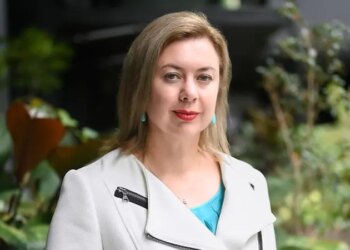Anthony Cullen, SMSF technical specialist for Accurium, said in a recent webinar that an estate plan is not documents but an individual thinking about what assets they have, where they are held, who are their beneficiaries and how they want to get those assets to them.
“There’s a slight differentiation there between having the plan and being able to implement the plan and having those documents to implement it,” Cullen said.
“When we look at assets, a lot of individuals think they may control a company, or have a bank account with their spouse, as well as their superannuation fund and believe they need to cover them all in their estate, but that’s not exactly how it works.”
Cullen said with joint assets generally, when somebody passes away, the ownership of that asset will go to the other joint holder of that asset, and is not an estate asset, opposed to owning an asset such as a property as tenants in common.
“If you own a property as tenants in common you have a specific interest in that property, whereas in joint assets, you wholly own the property with that other person,” he said.
“When you’ve got assets in a company or a family trust, it’s the company or the trust that owns those assets, not you as the individual. You might have an interest in that company or trust, but that doesn’t make those underlying assets held by those entities, yours.”
He continued it is the same concept with superannuation.
“You might have an interest in the fund, but the assets of the fund belong to the fund, and it is the trustees that can control it,” he said.
“From a superannuation point of view, there are a couple of things to consider, but dealing with death benefits is a compulsory cashing requirement in the SIS regulations. When a member dies, action needs to be taken, and superannuation is not an estate asset, so you need to make sure that the right people are in place to make the decisions on behalf of the deceased in terms of what happens with their member interest.”
Cullen said, however, many people still include their superannuation in their will.
“That can be in the form of a non-binding direction or binding nomination,” he said.
“If a trustee of a super fund is looking at what to do with a death benefit, one document they may look at as a non-binding instruction is the will. Ultimately, it’s not the executives of the estate that are dealing with the superannuation benefits.”
He added that death benefits are dealt with under SIS regulation 6.21 and it comes down to control.
“We get caught up in death benefit nominations and reversionary pensions, and absolutely they are levers, for want of a better word, that might instruct or give guidance to the trustees of how to deal with it,” he said.
“But ultimately, control is one of the biggest things we need to think about when it comes to dealing with death benefits. And in the SMSF space, we’ve got a number of parties that may need to be considered, along with a number of different documents that may need to be considered.”


